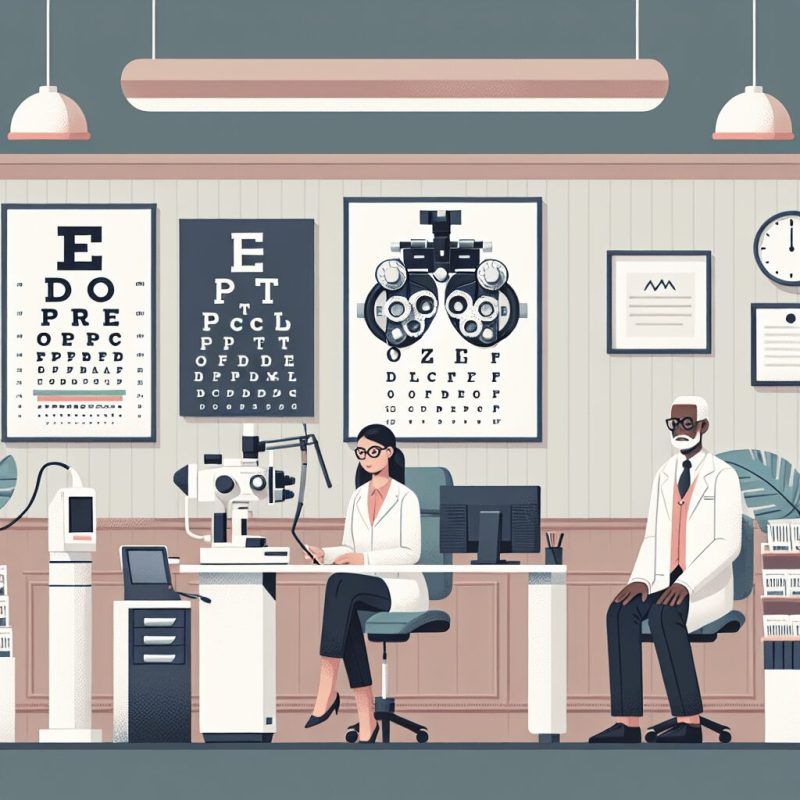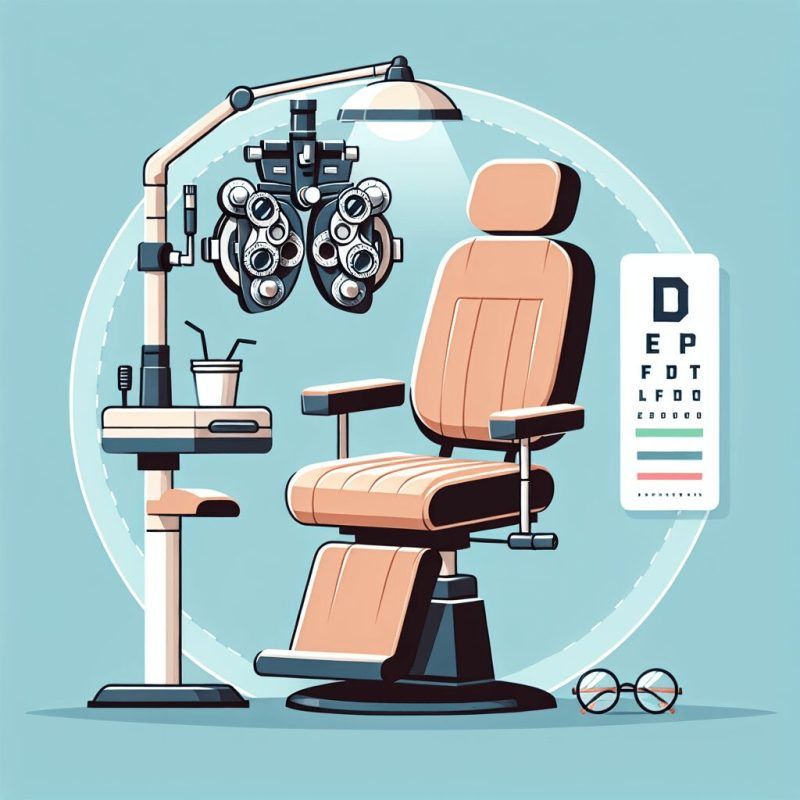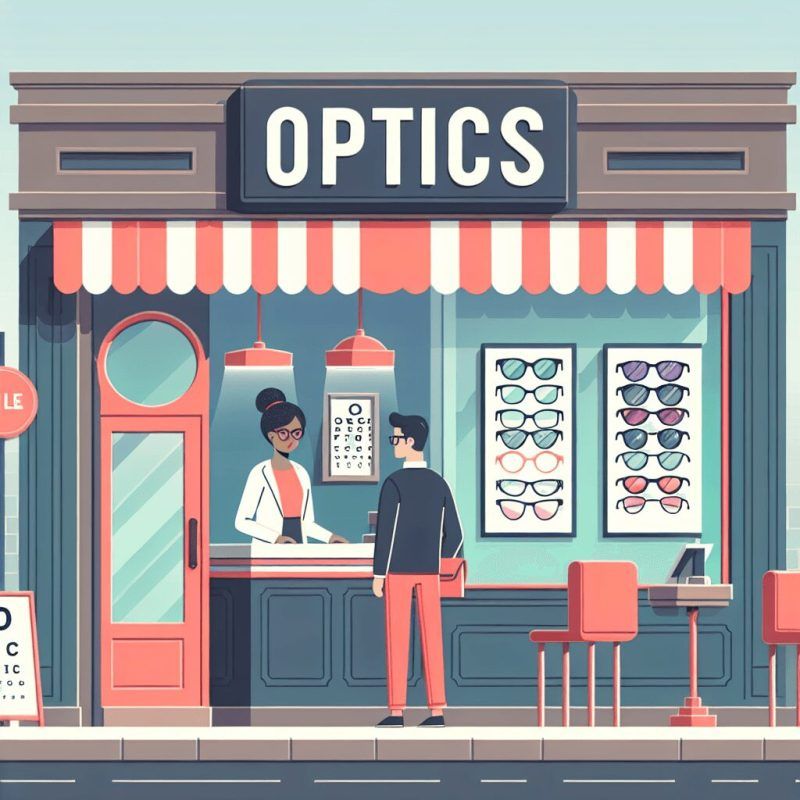1201 Lake Woodlands Dr #1000, Spring, TX | 281-298-5905
7540 Cypress Creek Pkwy, Houston, TX | 281-477-7811
Doctor's Corner
Effective Glaucoma Management Strategies
Glaucoma is a serious eye disease that can cause vision loss and even blindness. In its early stages, it often has no symptoms. This makes regular eye exams crucial for detecting it early. Treatment includes prescription eye drops, laser therapy, and surgery to reduce intraocular pressure and prevent optic nerve damage.
Understanding the types of glaucoma, risk factors, and diagnostic tests is important for effective management and preservation of vision.
Lifestyle changes and proper medical care are essential for controlling this silent but potentially devastating condition.
Overview of Glaucoma
Types of Glaucoma
Glaucoma comes in different forms: open-angle, closed-angle, normal-tension, and congenital.
Early detection is key through routine eye exams due to varying symptoms and risks for each type.
Open-angle glaucoma, the most common, usually shows no symptoms until later stages, causing gradual vision loss.
On the other hand, angle-closure glaucoma can lead to sudden symptoms like severe eye pain and blurred vision, needing immediate attention from an optometrist.
Diagnosis involves tests like tonometry, and management includes treatments such as eyedrops, laser procedures, and surgeries tailored to the specific type.
Dividing glaucoma into primary and secondary forms helps in understanding the complexity of the condition and creating personalized treatment plans.
Timely diagnosis and proper management are crucial to prevent irreversible vision loss and ensure good eye health.
Causes and Symptoms
Glaucoma is often caused by fluid buildup in the eye, leading to increased eye pressure. This damages the optic nerve’s nerve fibers. The pressure builds up when fluid doesn’t drain properly through the eye’s drainage canals, causing damage over time. Certain risk factors like age, family history, and specific medical conditions contribute to the condition.
People with glaucoma may experience symptoms like intense eye pain, blurry vision, and irreversible vision loss if not treated. Recognizing warning signs such as sudden eye pain and vision disturbances can prompt seeking immediate help from an eye doctor. Regular eye exams can help detect glaucoma early, enabling timely intervention to prevent further vision loss.
Treatment options include prescription eye drops, laser treatments, and surgeries like minimally invasive glaucoma surgeries (MIGS procedures) to control eye pressure effectively.
Regular checkups and visual field tests are important to monitor glaucoma progression and maintain vision health in high-risk individuals.
Diagnosis and Risk Factors
Diagnosing glaucoma involves tests like tonometry and visual field tests. These help the optometrist check eye pressure and optic nerve damage.
Risk factors for glaucoma include age, ethnicity, family history, and conditions like diabetes. Older people are more at risk due to aging, while genetics can play a role too.
Knowing these factors and getting regular eye exams is crucial. Early detection can help slow or prevent vision loss with the right treatment.
Glaucoma Management
Effective Treatment Options
Treatment options for glaucoma can include:
-
Prescription eye drops
-
Laser treatments
-
Surgeries to reduce eye pressure
The goal of these methods is to slow down vision loss and prevent irreversible damage to the optic nerve.
Lifestyle changes, such as a healthy diet and regular exercise, can also help manage high eye pressure.
Innovative approaches like minimally invasive glaucoma surgery (MIGS) and implants for fluid drainage in the eye are showing promise in improving patient outcomes.
Routine eye exams are important in detecting glaucoma early to prevent blindness.
Symptoms like intense eye pain and blurry vision in acute angle-closure glaucoma need immediate attention.
Monitoring eye pressure, managing medication side effects, and performing regular visual field tests are crucial to effectively managing glaucoma and preserving vision.
Importance of Regular Doctor Visits
Regular eye exams are important for managing glaucoma. These visits to the eye doctor can help detect the disease early by checking eye pressure and doing tests like tonometry and visual field tests.
This proactive approach allows for timely treatment with eye drops, laser treatments, or surgeries to prevent vision loss. Immediate medical attention is needed for symptoms like acute eye pain and blurry vision.
Regular checkups also help manage side effects of treatments and provide support and health information for lifestyle changes and medication adherence. This can help preserve vision and prevent blindness.
Lifestyle Changes for Managing Glaucoma
Diet and exercise can help those with glaucoma. A healthy diet with antioxidants and nutrients is good for eye health. Exercise can improve blood flow to the optic nerve and lower eye pressure. These are important for managing glaucoma.
Protecting the eyes is also crucial. Tips include taking breaks from digital devices, having good lighting at work, and wearing UV-blocking sunglasses. These help prevent further eye damage.
Recognizing symptoms like eye pain or blurred vision is important. Seeking immediate help from an optometrist can prevent irreversible vision loss in high-risk individuals. Regular checkups and eye exams are necessary to monitor and adjust treatment plans for glaucoma.
Tips for Managing Glaucoma
Use of Eyedrops Correctly
To properly administer eyedrops for glaucoma treatment, individuals should follow these steps:
-
Wash hands thoroughly.
-
Tilt head back.
-
Pull down lower eyelid to create a small pocket.
-
Place eyedrop in the pocket.
-
Close eyes gently for a few seconds.
-
Avoid excessive blinking to keep medication in the eye.
It’s important to:
-
Avoid touching the dropper tip to prevent contamination.
-
Take doses regularly, even without symptoms.
-
Follow the recommended time between eye medications.
-
Shake the bottle if required.
To remember using eyedrops:
-
Set alarms on phones.
-
Keep eyedrops in a visible spot.
-
Associate eyedrop use with daily routines.
Regular eye exams with an optometrist are important to monitor glaucoma progression and adjust treatment as needed.
Monitoring Intraocular Pressure
Optometrists use tonometry to monitor eye pressure during routine exams for glaucoma patients. This test helps assess the risk of optic nerve damage from increased eye pressure.
Regular checkups are essential for those at risk of glaucoma. Detecting pressure changes early can prevent irreversible vision loss.
Monitoring eye pressure allows ophthalmologists to evaluate the effectiveness of treatments like eye drops, lasers, and surgeries in managing glaucoma.
For conditions like acute angle-closure glaucoma, immediate medical attention is vital to relieve pressure and prevent optic nerve damage.
Surgical procedures or micro-invasive glaucoma surgeries may be needed to improve fluid drainage and reduce pressure in some cases.
Consistent monitoring and timely intervention are critical in preventing vision loss and potential blindness in glaucoma patients.
Understanding the Progression of Glaucoma
Glaucoma damages the optic nerve in the eye by increasing eye pressure. This can cause vision loss over time. Factors like age, ethnicity, family history, and certain medical conditions can impact the progression of glaucoma. Understanding how glaucoma progresses is important for managing and treating it effectively to prevent irreversible vision loss and blindness.
Regular eye exams, recognizing early warning signs like intense eye pain and blurry vision, and undergoing tests like tonometry and visual field tests by an optometrist are crucial for detecting and monitoring glaucoma progression. Treatments like eye drops, laser therapies, and surgeries can help control eye pressure and preserve vision. Immediate medical attention is necessary for acute symptoms of angle-closure glaucoma to prevent further optic nerve damage and irreversible vision loss.
FAQ
What lifestyle changes can help in managing glaucoma effectively?
Regular exercise, eating a healthy diet, maintaining a healthy weight, quitting smoking, managing stress, and getting regular eye check-ups can help manage glaucoma effectively.
How often should I have my intraocular pressure checked when managing glaucoma?
It is recommended to have your intraocular pressure checked every 3-6 months to monitor your glaucoma. However, your eye doctor may recommend more frequent checks if needed.
How important is adherence to treatment plans in effective glaucoma management?
Adherence to treatment plans is crucial in effective glaucoma management as it helps to control intraocular pressure and prevent vision loss. Skipping medications or missing appointments can worsen the condition. Follow the prescribed regimen consistently to maintain eye health.
Schedule an appointment with our highly experienced optometrists at Superior Eye Care in The Woodlands or Quality Eye Care in Willowbrook, Texas for outstanding assistance and advice regarding your glaucoma.
The post Effective Glaucoma Management Strategies first appeared on Optometrist in Woodlands & Willowbrook TX.
Doctor's Corner
Our Featured Post
Do you have questions about our service?
Useful Links
Information
Mailing List
Stay updated on the latest news & promotions.
We will get back to you as soon as possible.
Please try again later.
All Rights Reserved | Superior Eye Care





